Mom, Can You Pleeeease Record Me?
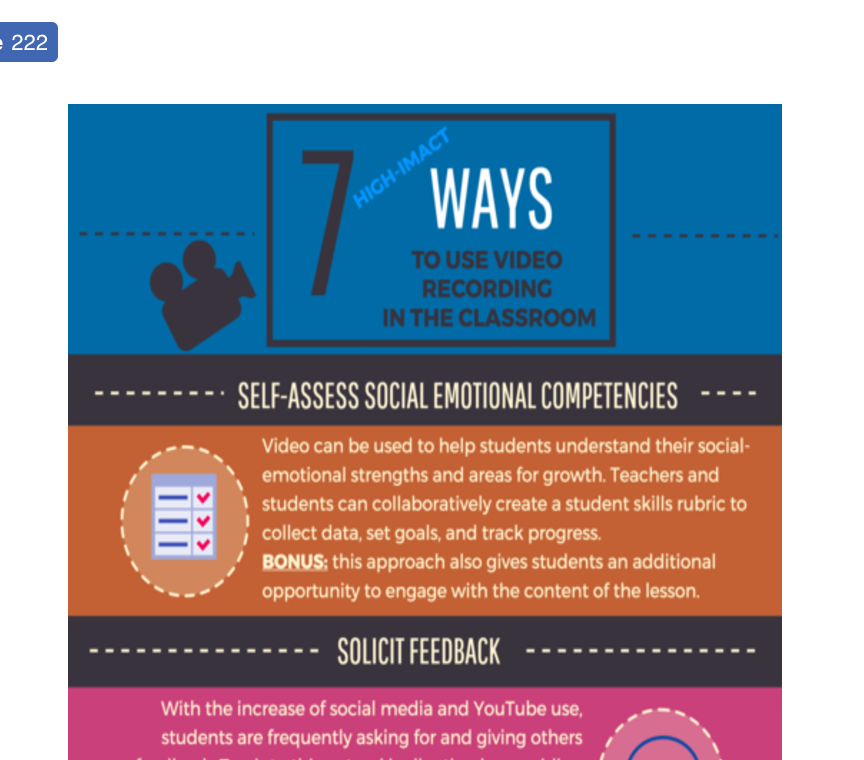
This opinion blog by Lisa Westman, an instructional coach specializing in differentiation for Skokie School District 73.5 in suburban Chicago, discusses ways to harness video recording in the classroom. She asserts that teachers can capitalize on students frequent use of video recording in their personal lives. A graphic outlines several ways teachers can use video to demonstrate learning, track… Read More ›
How to Address Executive Function Skills in the Classroom—and Why You Should
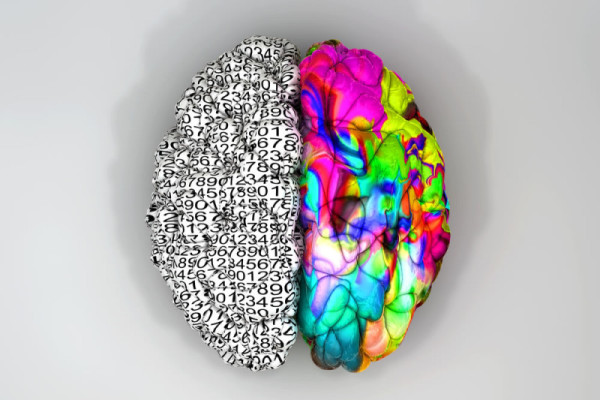
This article, written from a teacher’s perspective, explores the idea that increasing student achievement may lie in teachers awareness of the cognitive processes that enable students to manage information and complete tasks. She asserts that sometimes the best way to approach an instructional challenge is to take a step back to consider how the brain functions… Read More ›
If You’re Serious About Designing Edtech Solutions, Start with the Learners

This article, written from the perspective of a Learning, Design, and Technology graduate student, details a five-step human-centered design process for classroom technology implementation or creation. The author believes this approach could ensure that technology makes learning more equitable, engaging, and relevant for learners of all ages and backgrounds. She asserts that a human-centered design process (where… Read More ›
Making Students Partners Rather Than Pawns in the Change Process
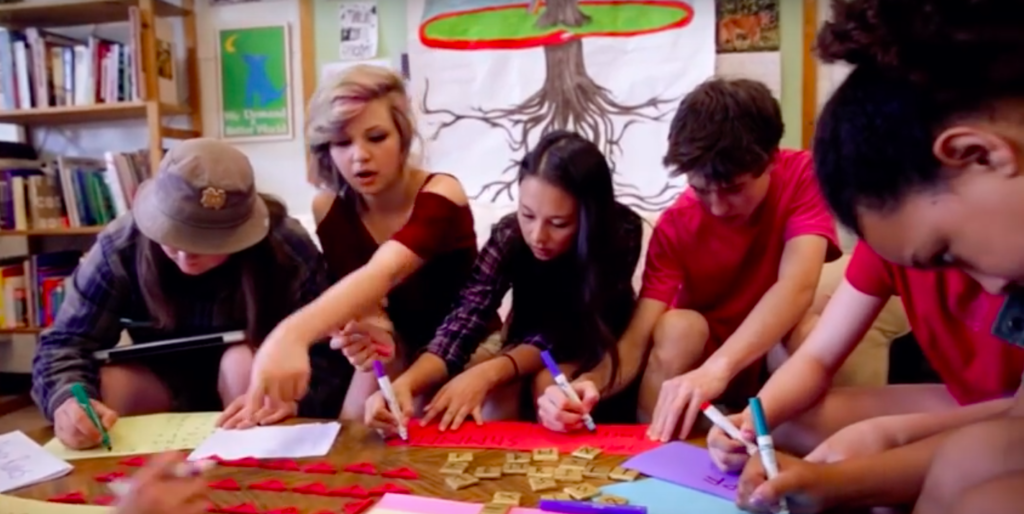
What if we had a window into the thoughts and beliefs of students experiencing the transition to a student-centered model? How would the insights inform our strategies to support young people through this paradigm shift? How might students, themselves, be advocates for these changes? Some believe that it is the adults who are reluctant to… Read More ›
Deeper Learning—for Teachers

This article discusses project-based learning for teacher professional development. It details the PD project conducted by teachers and coaching teams at Puxi Middle School in Shanghai, China. Together they worked to develop a shared curriculum and better align content with standards. The author shares how they developed protocols to improve units, projects, and performance tasks in their… Read More ›
7 Tips for Planning a Makerspace
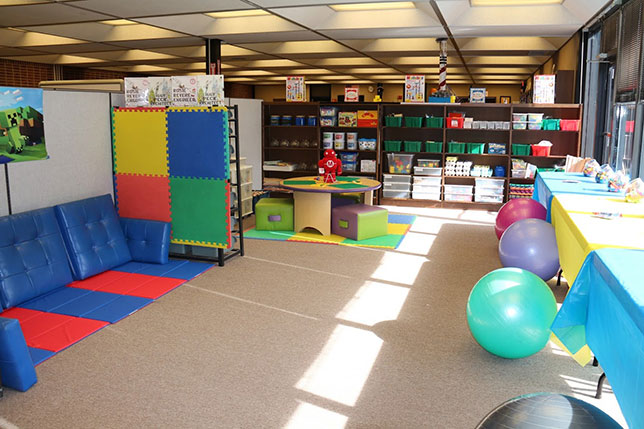
This article offers seven practical tips for creating a makerspace using examples from experts who share insights on planning and execution. Makerspaces are informal workshop environments where students can invent, tinker, and build to increase exposure to STEM subjects and technical disciplines. Topics include ideas to establish a maker culture and involve other stakeholders. This article… Read More ›
What Learning to Code Means for Students

“Coding is the new literacy. To thrive in tomorrow’s society, young people must learn to design, create and express themselves with digital technologies.” –Mitchel Resnick, MIT Media Lab Professor What does “coding is the new literacy” really mean? As programming languages evolve, what students learn today won’t be applicable within a decade or less. Coding… Read More ›
Personalized Learning in Practice: How a Risk-Taker Tailored Learning in Her District
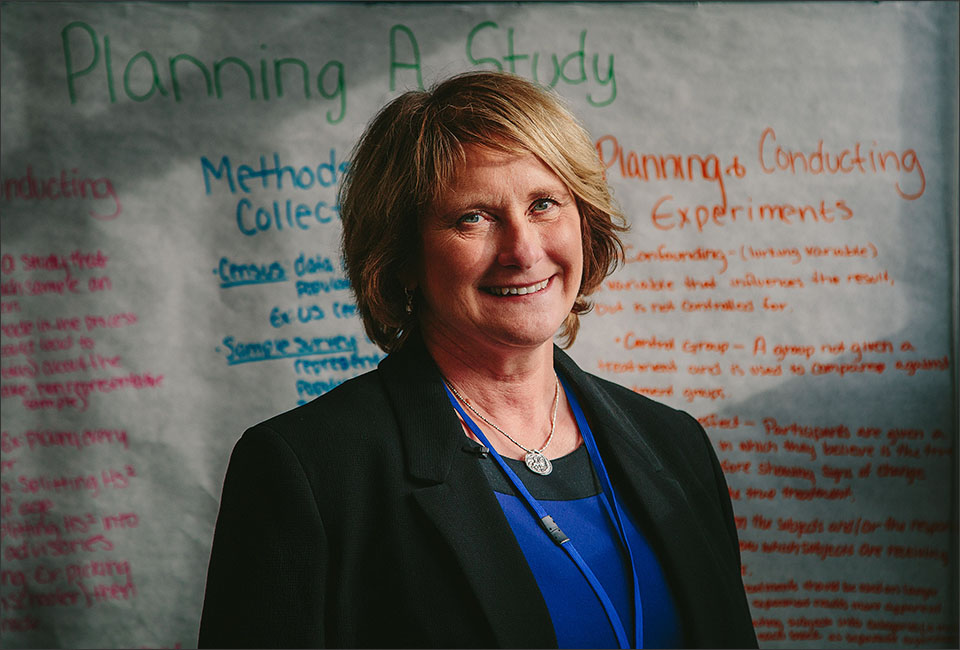
This in-depth article, from EdWeek’s Leaders to Learn from series, features Patricia Deklotz, superintendent of the Kettle Moraine School District in Wales, WI. Over 17 months, Deklotz and a task force of 25 educators transformed the small district of 4,100 students to a personalized learning model. The article shares the process of this transformation, including what motivated her… Read More ›
Research Collaborative: Where the Journey Goes from Here
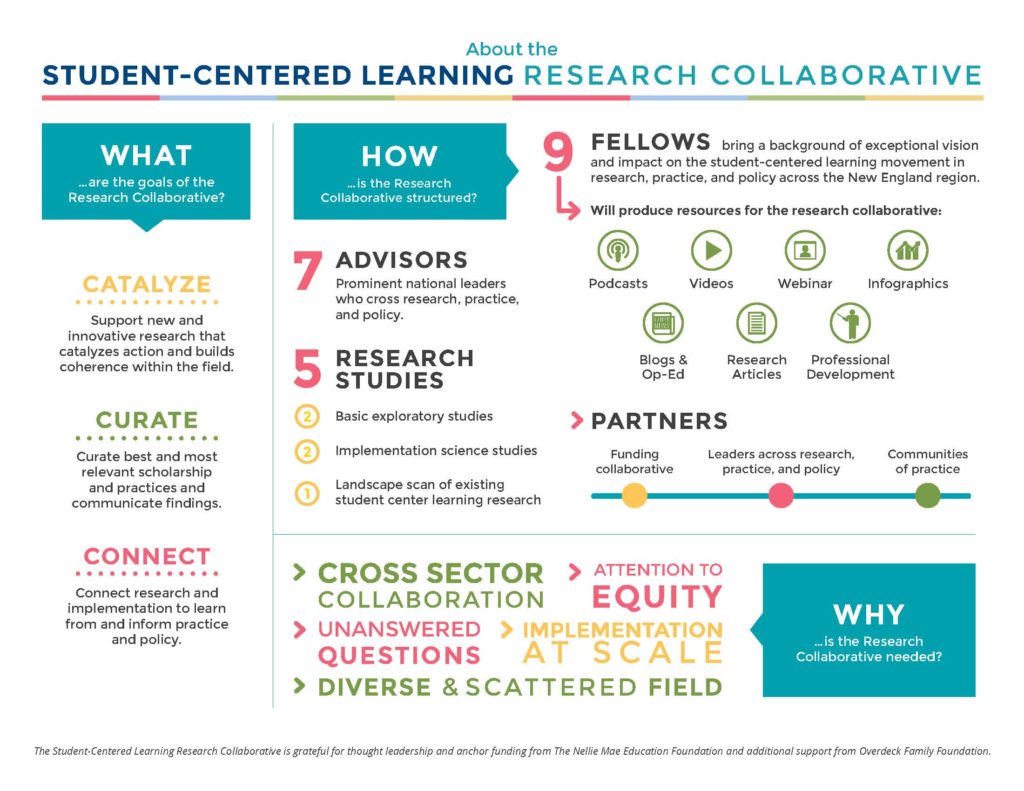
In my previous post, I wrote about the Student-Centered Learning Research Collaborative and its goal to break down silos so that educators, researchers, and policymakers can collaboratively examine, apply, and share knowledge about student-centered learning so that we can elevate learning outcomes, particularly for underserved students. Now, let’s talk about how we do this. Our… Read More ›
How Lesson Imaging Brings Math and Science Instruction Into Focus

This article, written by an associate professor of mathematics instruction, details the student-centered lesson planning strategy called “lesson imaging”. The author asserts that traditional math and science teaching methods don’t support 21st century skill development. She advocates for a shift to a more student-centered pedagogical approach. In inquiry math and science classrooms the teacher presents a rich… Read More ›
Can Micro-credentials Create More Meaningful Professional Development For Teachers?
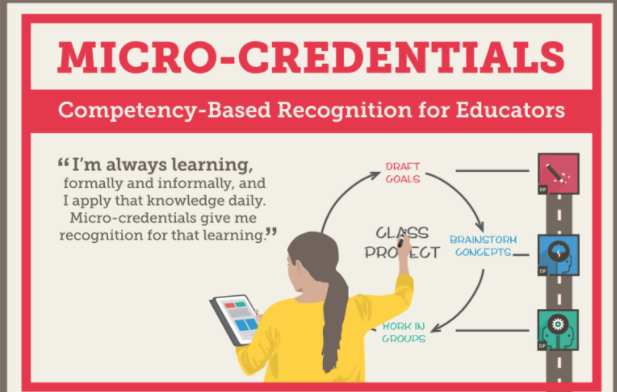
This article shares anecdotes and research to support the move towards micro-credentials for educators, a way to personalize professional development. Micro-credentials are seen as a viable shift for teacher assessment and an innovative way to help teachers learn and become proficient in relevant skills. Digital Promise, whose mission is “accelerating innovation in education,” has been a… Read More ›
How Do We Ensure Personalized Learning is a True Equity Initiative?
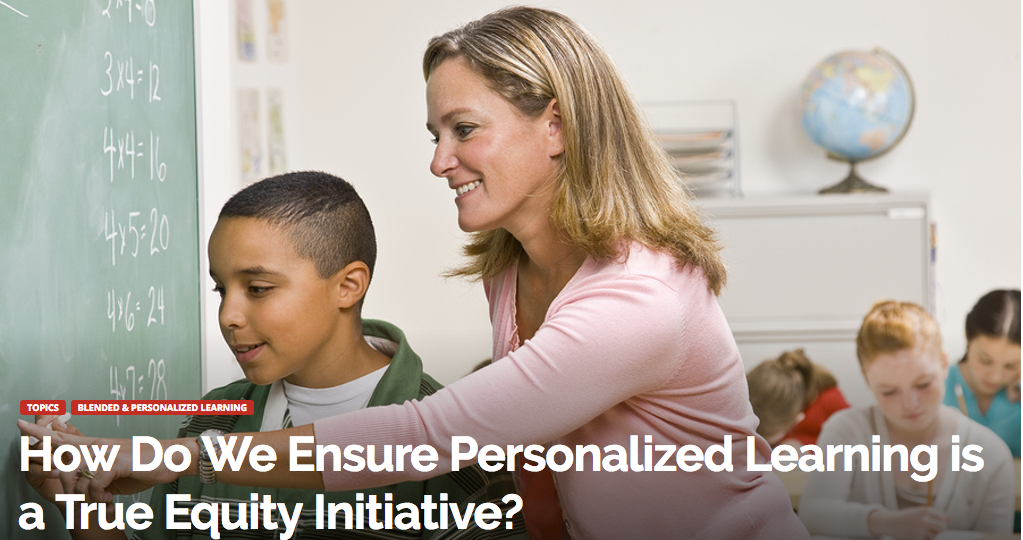
This article discusses the importance of addressing equity as schools embrace personalization. The authors assert that while personalized learning has great potential, ensuring equity, especially for students with disabilities (SWDs) and English Learners (ELLs), requires a lot of work and an ongoing commitment. The authors pose five questions the field should address including whether adequate teacher training and student support systems… Read More ›